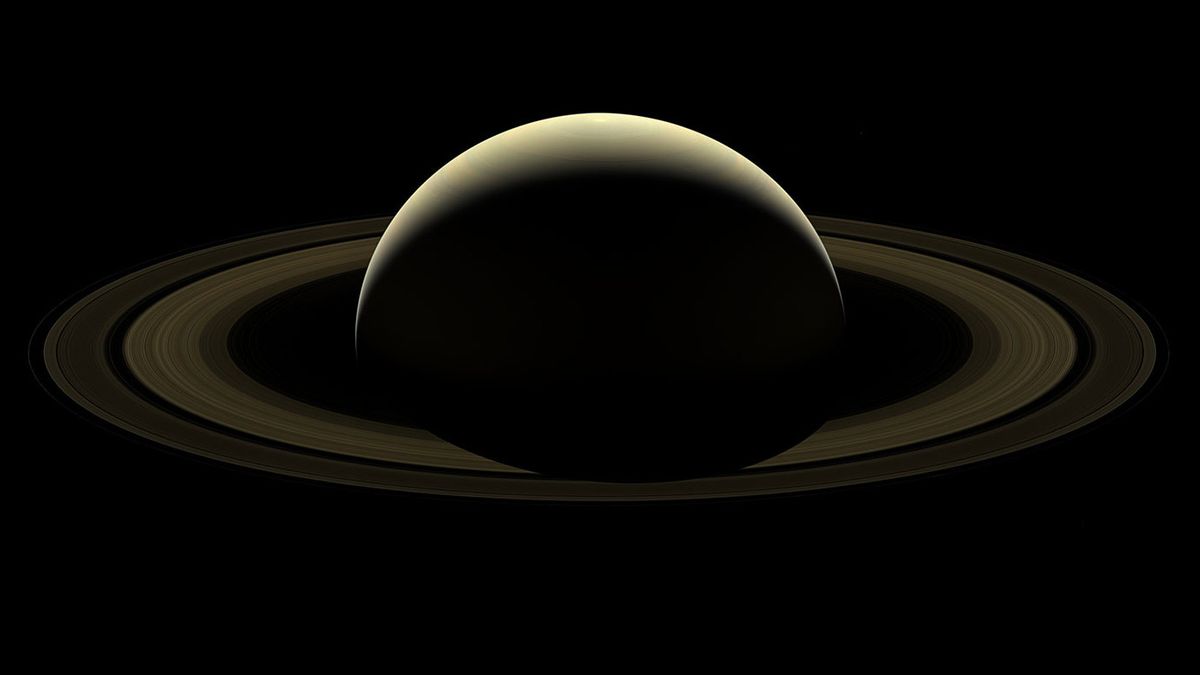JAKARTA - Scientists are still actively looking for life outside the Planet Earth. In their latest research, they began to find the basic ingredients of life in the lower oceans of Saturn's moon surface, Enceladus.
The team of scientists includes Dr. Christopher Glein of the Southwest Research Institute said the new modeling suggests that the oceans of Enceladus are rich in dissolved phosphorus, which is an important ingredient in life.
"Enceladus is one of the main targets in the search for humans for life in our Solar System," said Glein.
NASA's Cassini spacecraft found liquid water beneath the surface of Enceladus in 2017, and analyzed samples when plumes of ice grains and water vapor erupted into space from cracks on the lunar ice surface.
"In the years since NASA's Cassini spacecraft visited Saturn's system, we have been repeatedly fascinated by discoveries made possible by the data collected," explains Glein.
"What we have learned is that it contains almost all the basic necessities of life as we know it. While elements of phosphorus essential bio have not been identified directly, our team found evidence of its availability in oceans under the ice lunar crust."
Launching Science Daily, Thursday, September 22, a study published in the Processings of the National Academy of Sciences predicts that there are many phosphorus in the oceans of Enceladus as well as sea water on Earth.
"What this means for astrobiology is that we can be more confident than ever that the oceans of Enceladus are habitable," explains Glein.
"The search for the habitability of space creatures in the Solar System has shifted focus, as we are now looking for building blocks for life, including organic molecules, ammonias, compounds containing sulfur and the chemical energy needed to support life," he added.
Glen said phosphorus presented an interesting case as previous research showed the material may be scarce in the oceans of Enceladus, which would dilute the prospect of life.
Fosfor in the form of phosphate is essential for all life on Earth in the manufacture of DNA and RNA, energy-carrying molecules, cell membranes, bones, and teeth in humans and animals, even plankton microbiomes in the ocean.
Scientists perform thermodynamics and kinetik modeling that simulates phosphorus geochemicals based on Cassini's insight into the seabed system in Enceladus.
In the course of their research, they developed the most detailed geochemical model to date on how the seabed minerals dissolved into the ocean of Enceladus and predicted that phosphate minerals would dissolve tremendously there.
Glen stated that the next step was clear to return to Encelaladus to see if the habitable oceans were truly inhabited.
The English, Chinese, Japanese, Arabic, and French versions are automatically generated by the AI. So there may still be inaccuracies in translating, please always see Indonesian as our main language. (system supported by DigitalSiber.id)













